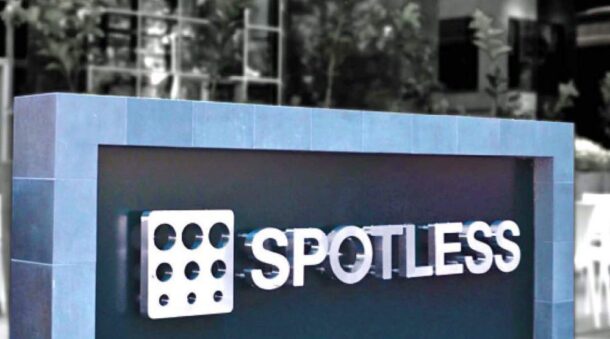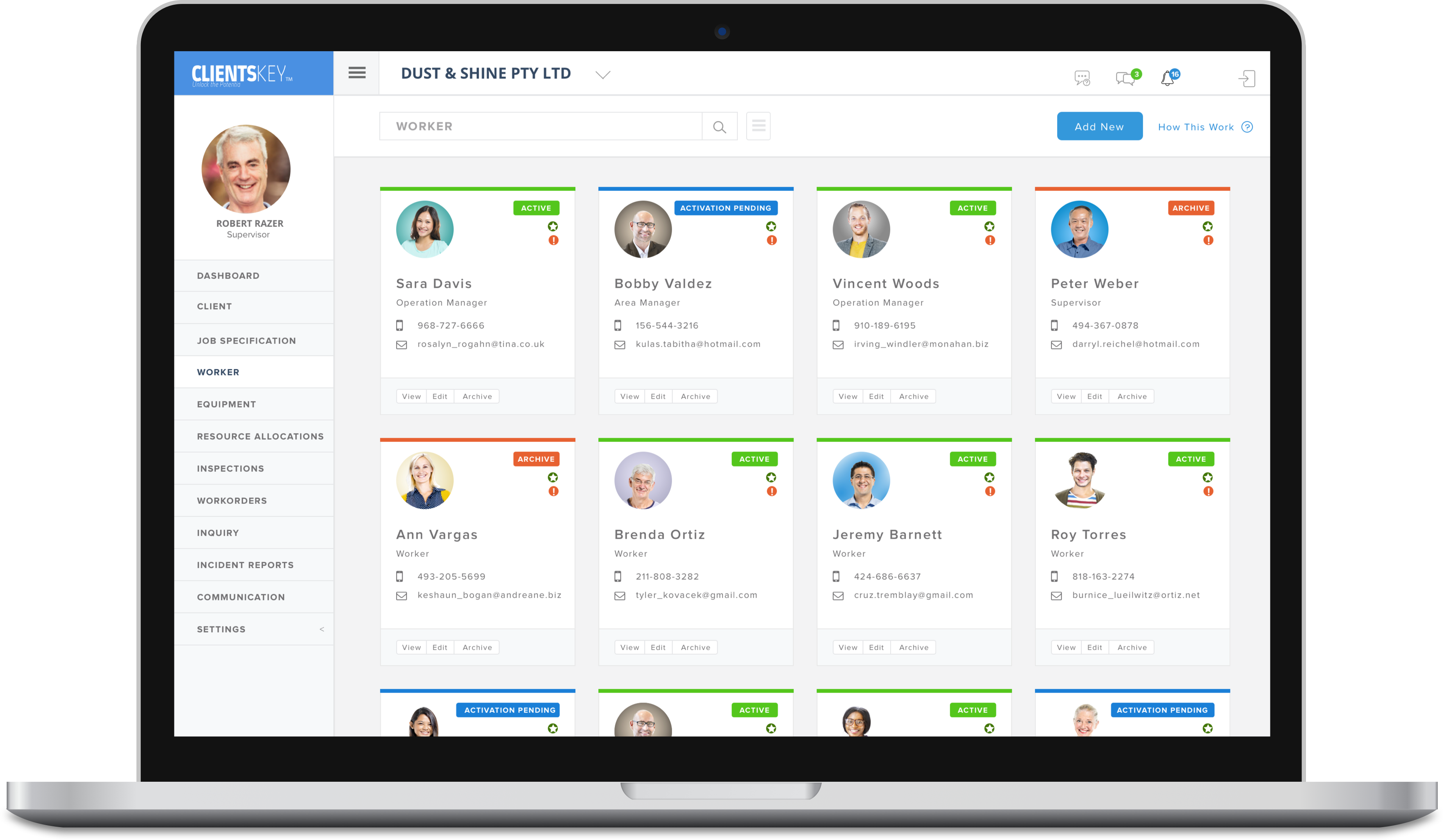
You’ve probably read it one-too-many times by now: The pandemic has triggered tectonic shifts in the business world. And although this notion is yesterday’s news, it doesn’t make it any less accurate.
We have been on quite a ride in the last few years, and there is no sign of it stopping. In the span of a single year, we went from the aftermath of the Great Resignation to recruitment freezes and inflation-based measures. The scope and the calendar of these significant shifts point to two major considerations:
- The disruptions in the business world go deep and are impactful.
- The speed at which they occur mandates adaptability and quick trend analysis.
Human resources (HR) departments across industries have been among the first to formulate responses in the face of abrupt changes. A new year offers the opportunity to stabilise and firmly establish a host of new practices.
Let’s look at HR trends that are set to shape the year.
- Taking planning to a whole new level
Business planning quietly slipped to the back burner due to the numerous disruptions facing companies during the pandemic.
Business leaders were confident they could handle the disruptions, but their timetables got in the way. As changes never happen in a vacuum, major disruptions triggered consequences.
Some of these changes were great, such as fast paced digitisation that moved then-current trends forward by some three to four years. However, others were just turbulent. The Great Resignation gave employees pretty much all the chips on the table, then the inflation wave brought recruitment and employment to a standstill, halting the previous trend just as it began to unravel.
The cleaning industry has some interesting numbers to consider in the planning phase. In 2021, the cleaning and services industry employed 3 million people in the United States, with custodians and cleaners comprising the bulk of the figure (2.04 million), according to market and consumer data provider Statista.
Building service contractors offering only cleaning services make up less than 15 per cent of the industry, while more than 30 per cent of facility managers outsource cleaning and janitorial work. This illustrates the different opportunities for both employment and business development in the sector.
As we now know that even small incidents on the other side of the world can easily snowball or trigger a domino effect, HR professionals will have to take their planning to a new level in 2023.
Using data that’s available through modern technology, they can plan ahead for best- and worst-case scenarios, so they are not caught by surprise regardless of where the trends take us next.
- Utilising state-of-the-art tools and automation
Modern HR tools suitable for various tasks, from assessing job applications to managing employee performance and engagement, can do wonders for HR departments in 2023. Not only do they help with complex jobs, but they also can quickly identify and outline trends.
On top of that, these tools will help you address two challenges. First, using cloud-based tools means there is less strain on your in-house IT team and IT infrastructure. Second, you can easily hand over the workload during a quick employee turnover within the HR department.
How does this technology impact the cleaning sector? It means more screen time at the moment and less walking distance in the future. Internet of things (IoT) technology has the agenda to automate repetitive tasks, such as floor scrubbing and vacuuming, and the cleaning industry has no shortage of such jobs. The technology can also help streamline inspections and will cut overspending on various hygiene products through the use of sensors and automated dispensing.
- Moving employee well-being upon the priority list
If employee well-being is not moving to the top of your priority list, it should at least make a considerable jump.
The Great Resignation and its trends are last week’s news, but the aftermath is still playing out. The shifts that happened in a short time span – making workers the central consideration, and then suddenly grinding hiring to a halt – have left their mark on both businesses and employees.
Some takeaways from the last few years include prioritising work/life balance, creating better and more meaningful feedback models, exploring the possibilities of performance management, and creating a top employee experience.
However, while the shiny new trends are the top story for office staff, they tend to take a sharp turn when it comes to deskless workers. These people are required to show up due to the nature of their tasks; remote work is not an option.
Well-being for these workers has a different agenda, with health and safety as the top priorities. However, the well-being of the deskless workforce doesn’t need to stop there.
Flexibility with hours and scheduling, upskilling opportunities, and tailored career journeys are possible perks that can offset the inability to provide remote work and other popular, postCOVID-19 benefits.
With the common denominator being retention, all of the factors mentioned play a big part in HR trends. The latest developments might have put a stop to job skipping, but the trends outlined here are most likely not going anywhere any time soon.
- Setting up new workplace models
The workplace of 2023 is not going to look like the workplace of 2020. There are forces pulling in two directions: some for even more flexibility and some for a return to what was considered normal before 2020.
Hybrid and remote working are no longer a trend. There are arguments deeply rooted in the events of the past couple of years that can break any case for a full return to the office, and those advocating for it are fighting a battle that’s already lost.
HR professionals will need to devise an ecosystem of tools and equipment that can support the needs of the workplace model in their companies. They need to consider deskless workers, fully remote workers, and everyone in between.
On top of that, workplace systems need to be able to slide to either side of the spectrum smoothly and with minimum bumps. Designing such a system will take dedicated effort and cooperation within various departments to see things through.
The cleaning sector was impacted by the pandemic fallout, but still needed to rise to the challenge as it was one of the building blocks for the “new normal.”
This sector needed to learn its lessons quickly, as proper cleaning was the prerequisite for keeping things running during the pandemic—and allowing workers to return to the office.
With digitisation and tech advancements, almost every company is a tech company nowadays. This technology provides a tremendous opportunity for blue-collar staff to digitalise parts of their workflows, making them a part of the next industrial revolution.
- Training employees for the foreseeable changes
The outlined trends might seem daunting, but they are necessary as workers are a company’s most-prized assets.
As we’re slowly moving into a slowed-down trend of recruitment and job hopping, HR experts will need to find ways to address unresolved issues. One of these issues is the presence of skill gaps in companies, created by fewer opportunities for employment to fill those gaps.
Another issue is the fact that many positions were filled with workers who lacked all the qualifications for the job but were given the opportunity to learn along the way. Job shadowing and mentorship is one option to solve this puzzle.
In-house and workplace training is another possibility and has had great results in some industries.
Maintenance training is not limited to actual maintenance tasks. As mentioned before, tech advancements are making many manual jobs partly digital, and this needs to be incorporated into upskill training.
Within the janitorial sector, various IoT applications give the job more screen time. It is easy to imagine that custodians of the (near) future will be doing more computer work than manual inspections.
Emphasising the benefits of continuous training and education needs to move from being a slide during a presentation into a company’s everyday operatives – it could be the answer to more than one burning HR issue.
Welcoming the new year with new practices
2023 is by no means a menace to HR professionals. It’s the next year in a bumpy cycle, but it also comes with opportunities to make use of recent developments and to establish novelties as new best practices.
Bryan Christiansen is the founder and CEO of Limble CMMS.
This article first appeared in CMM and has been republished with permission in the March/April issue of INCLEAN magazine.
Comment below to have your say on this story.
If you have a news story or tip-off, get in touch at info@incleanmag.com.au
Sign up to INCLEAN’s newsletter.





